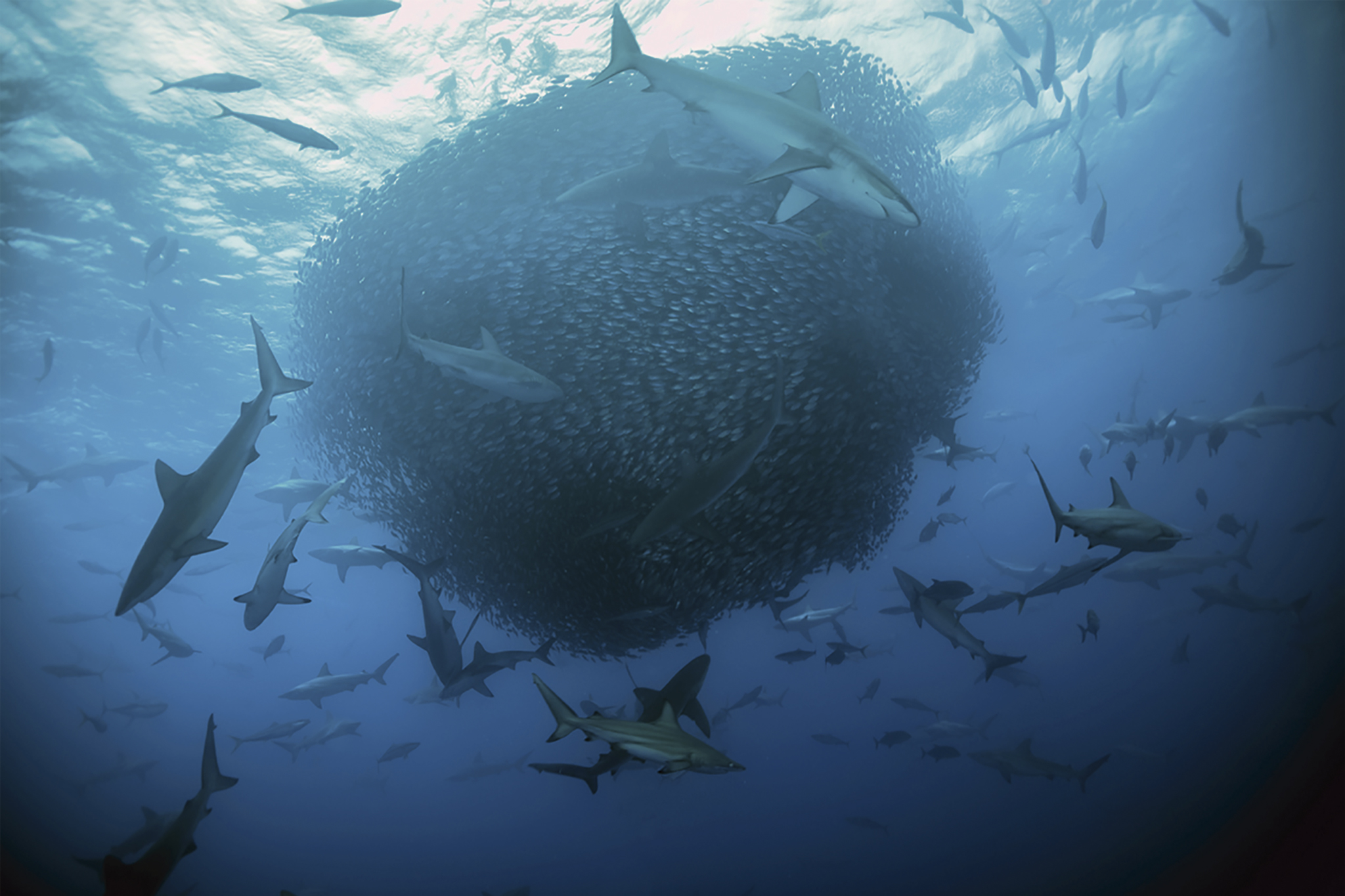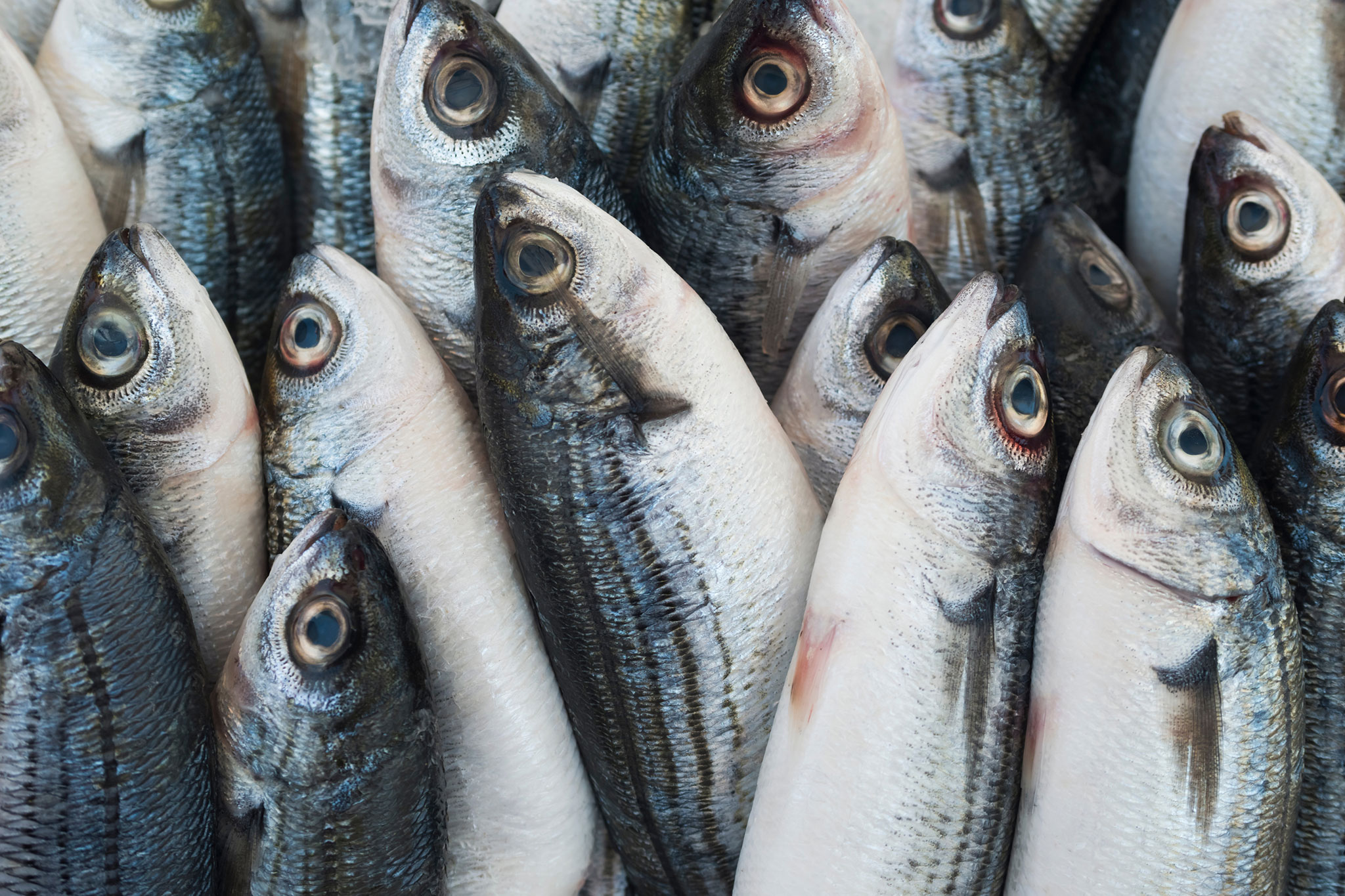In recent years, prominent scientists have expressed that the protection of vast sea areas as natural oceanic reserves, bring in the additional benefit of aiding marine life to successfully weather the impacts of climate change.
Support for the above statement appears on several international studies, one of the most important ones is included on the scientific journal Proceedings of the National Academy of Sciences, in which researchers 10 institutions —including partners and members of the Scientific Advisory Committee for the project Pew Bertarelli Ocean Legacy (PBOL)—, concluded that highly protected marine parks have the potential to offer climate resilience benefits. Specifically, they aid oceans and society adapt to five key impacts:
1. Ocean acidification
2. Increased ocean levels
3. Higher intensity storms
4. Shifts in species distribution
5. Lower oxygen productivity and availability
This analysis shows that marine parks can be climate reserves, particularly when they are extensive in size, well managed, maintained throughout several years and clearly regulated in terms of the kind of human activities allowed there.
For decades, specialists have promoted the creation of marine parks to serve as refuges for species which face population decrease due to overfishing, pollution, coastal development, among other strains. Tests have proven consistently that protected areas can help strengthen ecosystems and restore biodiversity.
The results of this new study by Doctor Callum Roberts and Doctor Bethan O’Leary, the University of York in the United Kingdom, highlight the urgent need for governments to implement climate adaptation policies to allow the protection of oceans and the communities that depend on them.
Roberts claims that these findings “show that to increase the resilience of marine ecosystems, safeguard wildlife, protect its ability to backup fisheries, grant coastal protection and offer clean, good water, it is paramount to speed up the implementation of efficient protected marine areas”.
These new discoveries also reinforce the world’s current demands for tougher measures to protect the oceans.
The International Union for Conservation of Nature, in its 2016 World Congress, voted a motion that requests the protection of at least 30% of the oceans by 2030, to avoid grand scale mass extinction of the marine life.
International governments are paying attention to the topic and movements to protect large extensions of oceanic space are increasing by the day. In the last few years, countries have reserved large ocean strips for their protection, including the Palaus waters, the UK overseas territory of the Pitcairn Islands and the Marine National Monument of Papahanaumokuakea, in the northwestern Hawaiian Islands.
World leaders and decision makers, assembled at the UN Oceans Conference, must pay attention to this recently gathered new scientific evidence.
To counteract the combined effects of overfishing, ocean warming and increased acidification, it is necessary to take immediate actions. Up until now, only 3.5% of the oceans have been reserved for their protection and only 1.6% is thoroughly protected, although there is commitment to increase the total protected areas to 10% by 2020. Likewise, it is necessary to increase the thoroughly protected oceanic space, to safeguard the ecosystems and the economic benefits they deliver.
It is well known that marine parks are a profitable, low technology demand strategy for ocean conservation. This study clearly shows that this conservation tool can bring in great benefits, apart to oceanic conservation, on a local, regional and world scale.
The establishment of marine parks can aid slow down the effects of climate change and alleviate some of the expected difficulties such as food supply uncertainty and increased ocean levels. The vast and heavily protected marine reserves can guarantee the future of our oceans for those communities whose livelihood depends on them.
About the autor
Head of Pew Bertarelli Ocean Legacy (PBOL).











































































































